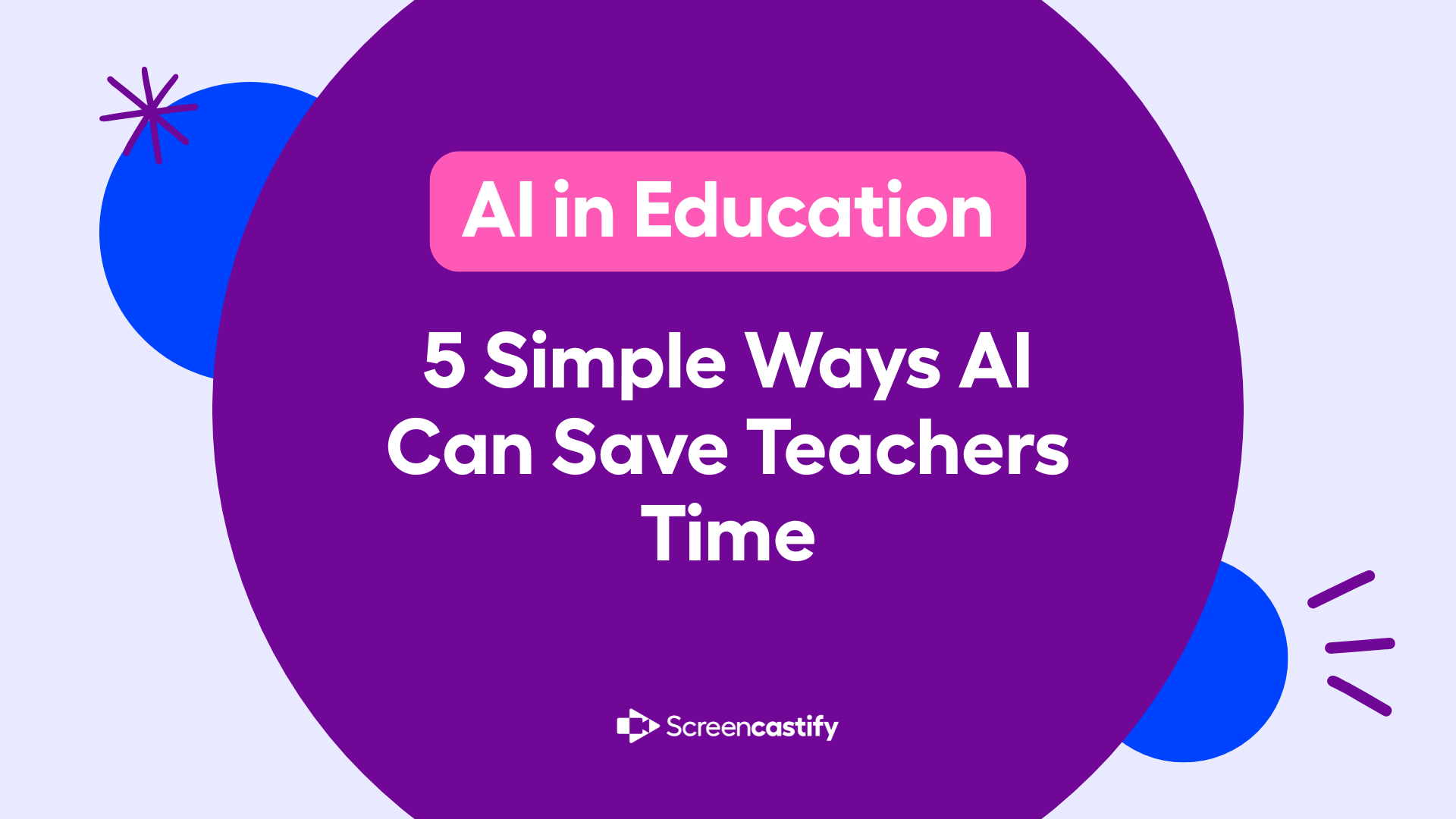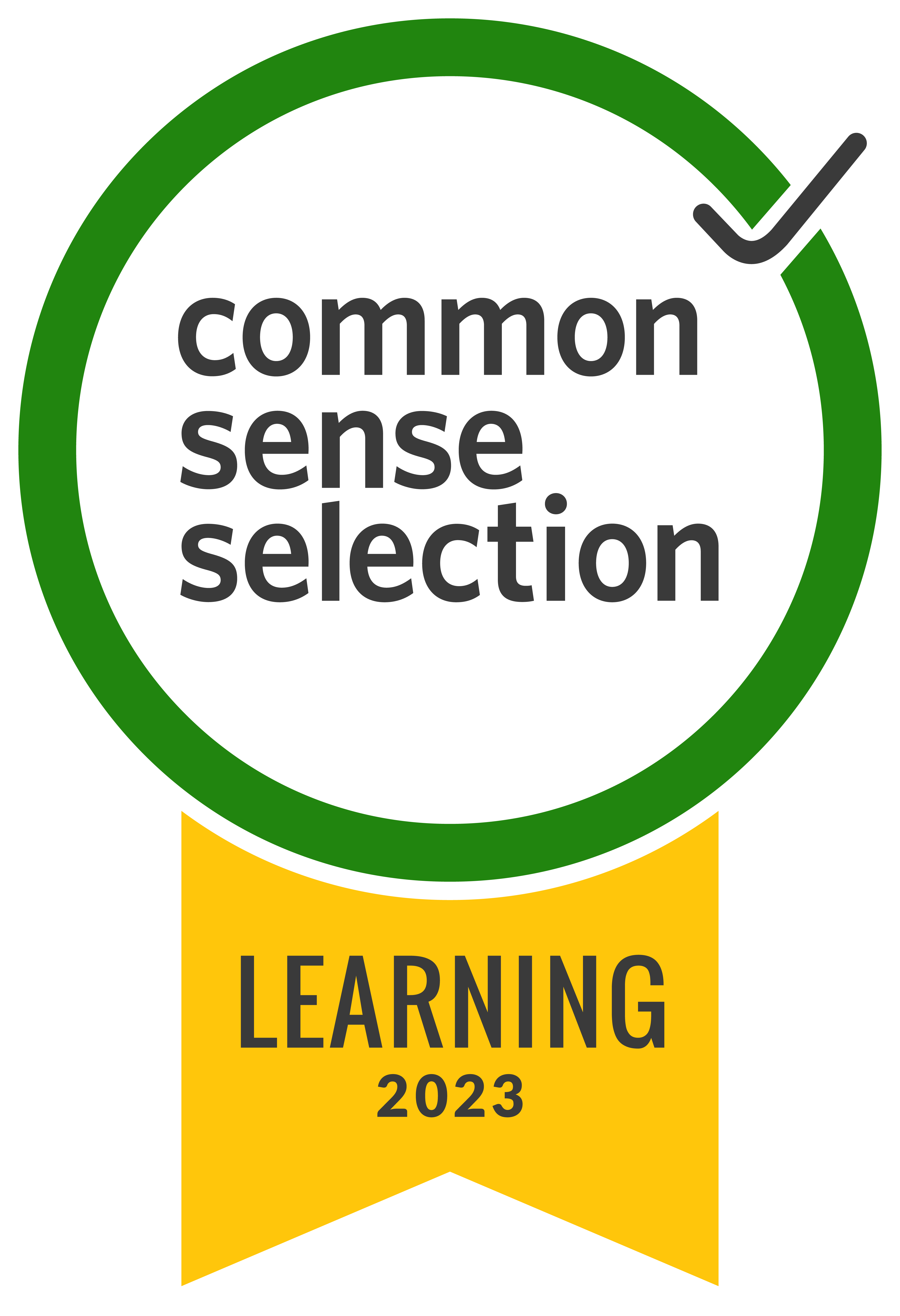Teachers juggle dozens of tasks daily—from planning lessons to grading, communicating, and supporting students individually. AI isn’t here to replace the human touch, it’s here to take on time-consuming tasks so you can focus on what matters most: teaching. These tools can transform prep time, feedback loops, and even parent outreach, freeing you to be more present and impactful.
1. Lesson Drafting and Brainstorming
Tools: ChatGPT, SchoolAI
Transform curriculum requirements into structured lesson frameworks in minutes, not hours. These tools can generate lesson outlines aligned to standards, create discussion prompts, suggest formative assessments, and propose differentiation strategies.
Best practices:
- Use clear prompts including grade level, subject, and learning objectives
- Always review and customize AI content to match your style and student needs
- Treat AI as a brainstorming partner for fresh approaches
- Generate multiple versions for differentiation
Time saved: 2-3 hours per week
2. Video Lessons Made Simple
Tool: Screencastify
Create professional instructional videos without technical expertise. The AI Assistant auto-generates titles, descriptions, and captions, then translates into 50+ languages with built-in accessibility features. Perfect for flipped learning, absent students, or enrichment content.
Applications:
- Record lesson explanations for review
- Create instructional videos from AI-generated outlines
- Provide visual demonstrations of complex concepts
- Build a library of reusable content
Time saved: 1-2 hours per week on content creation
3. Streamlined Grading and Feedback
Tools: Gradescope, Screencastify (for video feedback)
Gradescope uses AI to streamline grading of quizzes, written responses, and assignments through pattern recognition and batch grading features. For richer feedback, Screencastify enables quick video comments that are often more meaningful and personal than written notes.
Benefits:
- Faster grading with consistent rubric application
- Personalized video feedback that students find engaging
- Detailed analytics on student performance patterns
- Reduced time spent on repetitive feedback
Time saved: 3-4 hours per week on grading
4. Effortless Discussion Documentation
Tools: Otter.ai, Fireflies.ai
Capture and analyze classroom discussions, oral presentations, and student collaborations. These tools provide real-time transcription and AI-generated summaries, eliminating the need for manual note-taking during student presentations or group work.
Use cases:
- Document oral assessments for record-keeping
- Create summaries of class discussions for absent students
- Track student participation and engagement
- Generate talking points for parent conferences
Time saved: 1-2 hours per week on documentation
5. Professional Teaching Materials in Minutes
Tools: Curipod, Canva Magic Write
Transform your notes or content snippets into polished slides, discussion cards, graphic organizers, and interactive materials. Then use Screencastify to narrate and share them as complete learning resources.
What you can create:
- Interactive presentations with embedded polls and activities
- Visual organizers for complex concepts
- Discussion prompts and debate materials
- Take-home resources for families
Time saved: 2-3 hours per week on material creation
Getting Started: A Practical Approach
The key to successfully integrating these tools isn't trying to use them all at once. Instead:
- Start small: Choose one tool that addresses your biggest time drain
- Test and refine: Use it for 2-3 weeks to measure impact
- Build gradually: Add additional tools once the first becomes routine
- Maintain quality: Always review AI-generated content before sharing with students
Remember, these tools are designed to reduce repetitive work, not replace your instructional expertise. Your judgment, creativity, and relationship-building skills remain irreplaceable. AI simply gives you more time to focus on these essential aspects of teaching.
By strategically implementing these five tools, you can reclaim 8-12 hours per week—time that can be redirected toward instruction, student relationships, and your own well-being. The goal isn't just efficiency; it's creating sustainable teaching practices that benefit both educators and students.
.svg)








